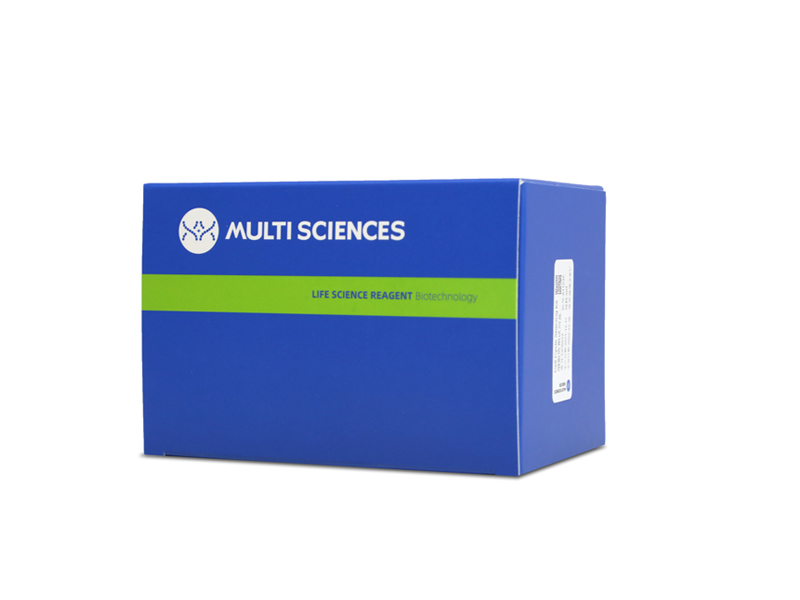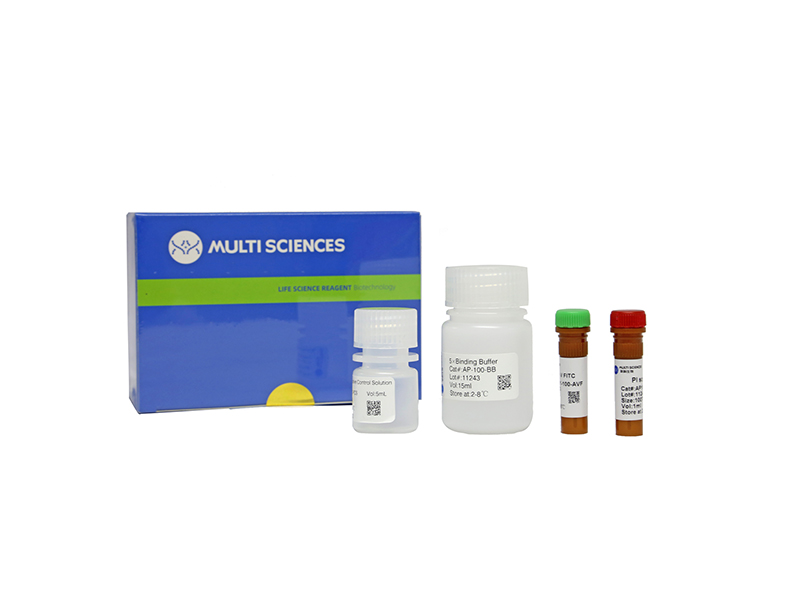Low-temperature additive manufacturing (AM) holds promise for fabrication of three-dimensional (3D) scaffolds containing bioactive molecules and/or drugs. Due to the strict technical limitations of current approaches, few materials are suitable for printing at low temperature. Here, a low-temperature robocasting method was employed to print biomimic 3D scaffolds for bone regeneration using a routine collagen-hydroxyapatite (CHA) composite material, which is too viscous to be printed via normal 3D printing methods at low temperature. The CHA scaffolds had excellent 3D structure and maintained most raw material properties after printing. Compared to nonprinted scaffolds, printed scaffolds promoted bone marrow stromal cell proliferation and improved osteogenic outcome in vitro. In a rabbit femoral condyle defect model, the interconnecting pores within the printed scaffolds facilitated cell penetration and mineralization before the scaffolds degraded and enhanced repair, compared to nonprinted CHA scaffolds. Additionally, the optimal printing parameters for 3D CHA scaffolds were investigated; 600-μm-diameter rods were optimal in terms of moderate mechanical strength and better repair outcome in vivo. This low-temperature robocasting method could enable a variety of bioactive molecules to be incorporated into printed CHA materials and provides a method of bioprinting biomaterials without compromising their natural properties.
文章引用产品列表
-
- AT101
- 凋亡试剂盒
Annexin V-FITC/PI Apoptosis Kit(细胞凋亡试剂盒-适用贴壁细胞 除C6流式细胞仪以外的流式细胞仪)
- ¥860.00 – ¥1,510.00
-
- AP101
- 凋亡试剂盒
Annexin V-FITC/PI Apoptosis Kit(适用于除C6以外的流式细胞仪)
- ¥630.00 – ¥1,280.00



